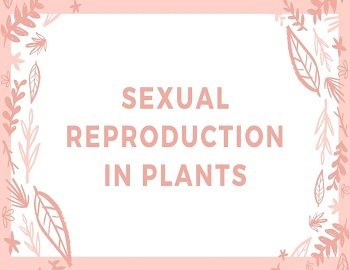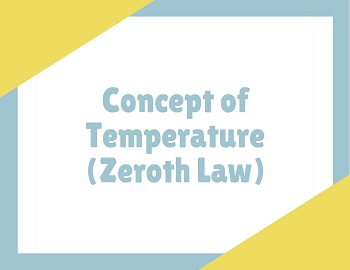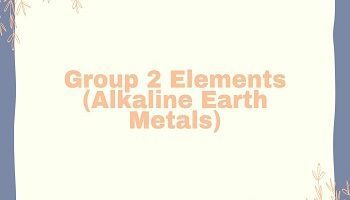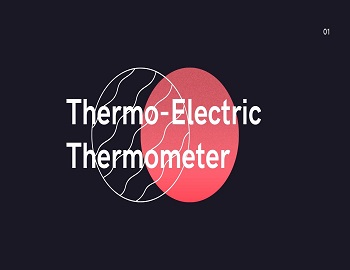Sexual Reproduction in Plants:
A flower is a reproductive structure of a plant. Most flowers have both male and female reproductive organs, though some are of a single-sex. A typical flower consists of four sets of floral parts i.e. calyx (sepals), corolla (petals), androecium (stamens) and gynoecium (carpels). The latter two are directly concerned with the process of sexual reproduction. The androecium constitutes the male part of the flower and consists of a certain number of stamens. Each stamen comprises a lobed structure, called the anther, borne on a stalk or filament. The anther contains four pollen sacs, each of which has a number of microspore mother cells. The meiotic division takes place in these mother cells resulting in the formation of four microspores or pollen grains from each. Pollen grains are small structures that produce male gametes or sperm cells.
The gynoecium or pistil constitutes the female part of the flower. It consists of carpels which may be either single and solitary, many and separate from each, or few and joined together. Each carpel consists of three parts: a slightly swollen and sticky stigma at the top, then a slender stalk called style and a swollen ovary at the bottom. Inside the ovary are located a fixed number (from one in each ovary in grasses and sunflower to thousands in cucurbits and poppy) of ovoid structures, the ovules. These ovules contain eggs.
The transfer of pollen grains from the anthers to the stigma is called pollination. This process is achieved in many different ways, but each species depends on some specific methods. If the pollen is transferred to the stigma of the same flower (as in pea and china rose) it is termed self-pollination or autogamy. Cross-pollination or allogamy is the transfer of pollen from the anthers of the flower to the stigma of another flower of the same species. Cross-pollination is very common in the majority of flowering plants and is generally brought about by an outside agency, such as wind, water, insects, birds, bats or man.
After pollination, the pollen grains absorb nutrient secreted by the stigma and each germinates to produce a pollen tube that grows down through the style between the cells and ultimately reaches the ovule. The pollen tube contains two male gametes. On pushing through the tip of the ovule, called micropyle, the pollen tube releases the two male gametes. One male gamete fuses with the egg cell and a diploid zygote or oospore is formed. This fusion is called fertilization (It is the first set of fertilization). The second male gamete is fused with the fused nuclei of two polar bodies, called the definitive nucleus and a triploid endosperm nucleus is formed due to the second set of fertilization. Since, in the flowering plants, the event of fertilization occurs on two occasions, it is called double fertilization. The zygote divides several times mitotically and gives rise to an embryo. The endosperm nucleus grows into the stored nutritional part, called the endosperm of the seed.
After fertilization, the petals, stamens, style and stigma of the flower wither and usually fall off. The sepal dries up and holds on to the ovule. The ovary grows rapidly; cells within it divide and grow and the seed starts forming. The seed contains a potential plant or embryo. The embryo contains a tiny root (radicle), a small shoot (plumule) and cotyledons (seed leaves)- one in monocots and two in dicots, which contain reserve food. Meanwhile, the walls of the ovule grow and thicken to form the protective seed coat (testa). Finally, water is withdrawn from the seeds, making them dry and hard. In this condition, they are best able to withstand drought and other adverse conditions.
Ultimately, the wall of the ovary grows to form the fruit. The ovary wall may become dry and hard, forming a capsule (example- Mexican poppy or Argemone) or pod (example- pea) or it may become succulent and fleshy as in the tomato and mango. A fruit protects and distributes the seeds.
The embryo lies dormant in the seed, but after getting favourable environmental conditions such as moisture, it becomes active and germinates to a small seedling. The embryo grows by absorbing food material stored up in the cotyledons or in the endosperm. Thus, germination is a process by which the dormant embryo resumes growth and grows out of the seed coat to establish itself as a seedling.









Comments (No)